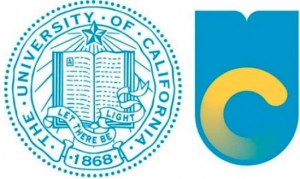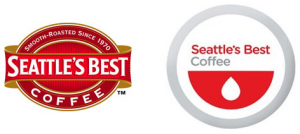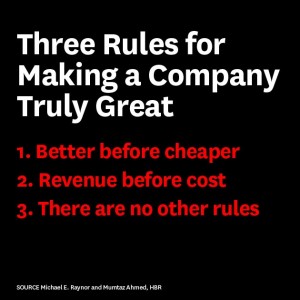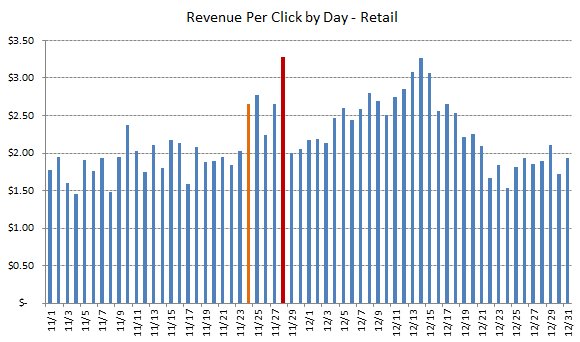 Google and Bing are powerful search engines catering to millions of users worldwide. With the advent of smart devices online search has increased manifold. Users now have the powerful internet medium at the disposal of their hands and on the go. In such an era of online search it’s imperative for websites to implement certain strategies to end up within the top 10-15 online search results.
Google and Bing are powerful search engines catering to millions of users worldwide. With the advent of smart devices online search has increased manifold. Users now have the powerful internet medium at the disposal of their hands and on the go. In such an era of online search it’s imperative for websites to implement certain strategies to end up within the top 10-15 online search results.
Global searches are now narrowing down to local searches. Someone looking for a car repair shop expects search engines to display results within a 10-15 mile radius or maybe within the same city where he lives. This concept of search engines coming up with geographically smarter search results is called “Local Search”. It takes into consideration what an online user is searching for and combines that with where the user is located.
So how do search engines identify relevant localized results? The answer lies within the tactics implemented when designing a website. These practices are called Search Engine Optimization strategies. SEO implementation is of utmost importance for any website, blog or online entity. It helps search engine index and rank websites accordingly.
Local SEO Best Practices
Over the years SEO has evolved in tandem with changes of the search engine algorithms. Global SEO and Local SEO are two different aspects. Local SEO takes into consideration keywords which relate to geographically smaller vicinities. Search engines then crawl looking for websites that have local-targeted content or local listings to provide the best possible localized results to the online user. Let’s dig into some of the best Local On-page SEO practices a website should incorporate –
- Local Pages – If you have a brick and mortar location (or locations) you need to have an individual page for each on your website listing NAP (name, address, phone #).
- Title Tags – Target keywords should always appear in Title Tags. For location specific pages, include the name and address of the location. For other pages, ensure no more than 2 keywords are targeted in the title and content.
- URLs – the URL of your website has to have the targeted keyword.
- Content – Do not stuff your page with keywords. 500-600 words total are recommended and the keyword density should not be more than 1-1.5%. Smaller sentences, embedded links and relevant content are a must. For local pages, include info about the location (manager, email addresses, images, directions, maps, etc.).
- Functionality – make sure to check everything is up and running on the website. Search engines do not overlook broken pages and links, so these need to be addressed. The speed of your site is vital so do what you can to reduce load times. Hidden elements, bad scripts or errors should be flushed out.
Localized Search Results
Search engines are intelligent entities which run on algorithms. When a user types in a keyword in Google or Bing the algorithm hunts for information based on that keyword. The websites which have implemented the correct SEO practices and are indexed correctly show up in the search results. These results can also be locally focused depending on the search term, the user’s IP address or the user’s search history.
Localized search results target local audiences. A user located in Los Angeles looking for the best Greek restaurant in town would not benefit from a search result showing up an authentic Greek café somewhere in Athens. If a Greek restaurant in Los Angeles has been implementing local SEO best practices its name is bound to show up within the top 10 results.
Another aspect of ranking higher is to build up your online listings. Foursquare, Yelp, Google+ Local, Bing Local, YP.com, etc. are few of the major online databases. Users tend to find reviews and ratings on these websites. If your business or website is listed on these databases it helps you build reputation. Customers can leave feedback, connect with you through social media and drive more business through these strategies. Superpages.com, MerchantCircle.com and BOTW.org are other such platforms where listing your local business helps you gain ranking during searches. A great place to check your current local listings health is on GetListed.org. There you can get a free comprehensive look on any listings you are missing, unclaimed listings, and listings that are properly set up.
Local listings and localized search is growing in importance with each passing day. The trend of global search is now diverting towards local search, especially given that proliferation of smartphones. Creating an online presence through different avenues helps gain traction in search results. Social media, listing platforms and SEO tactics combined together is the perfect recipe for your website or business to appear atop relevant search results.
Nett Solutions is an SEM agency working with Yahoo! and Google. We are a Southern California-based company built of an eclectic cornucopia of marketers, mothers & fathers, husbands & wives, college grads & MBA’s, surfers, church-goers, athletes, comedians (and those who think they are comedians). Our common bond is that we like to help people succeed.







